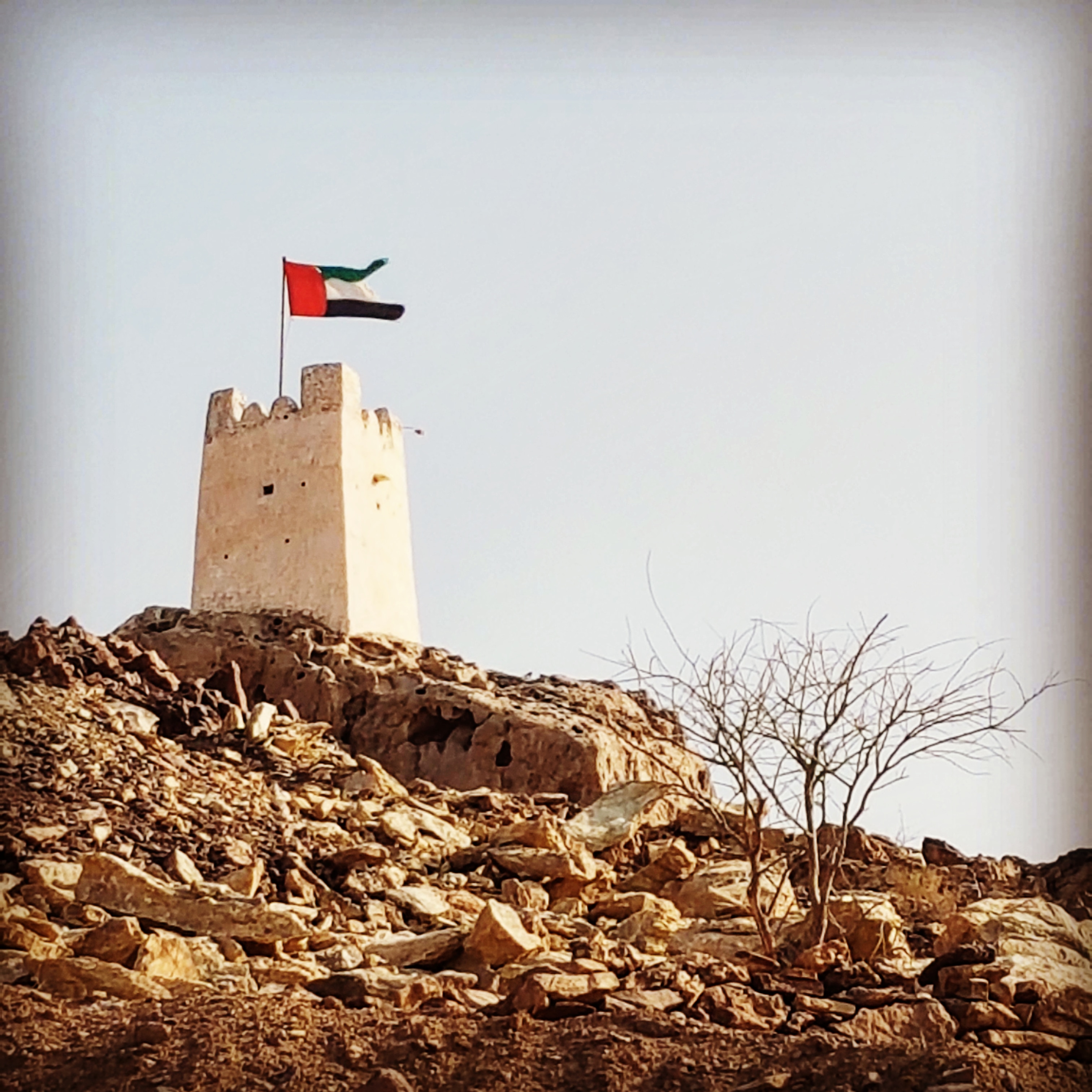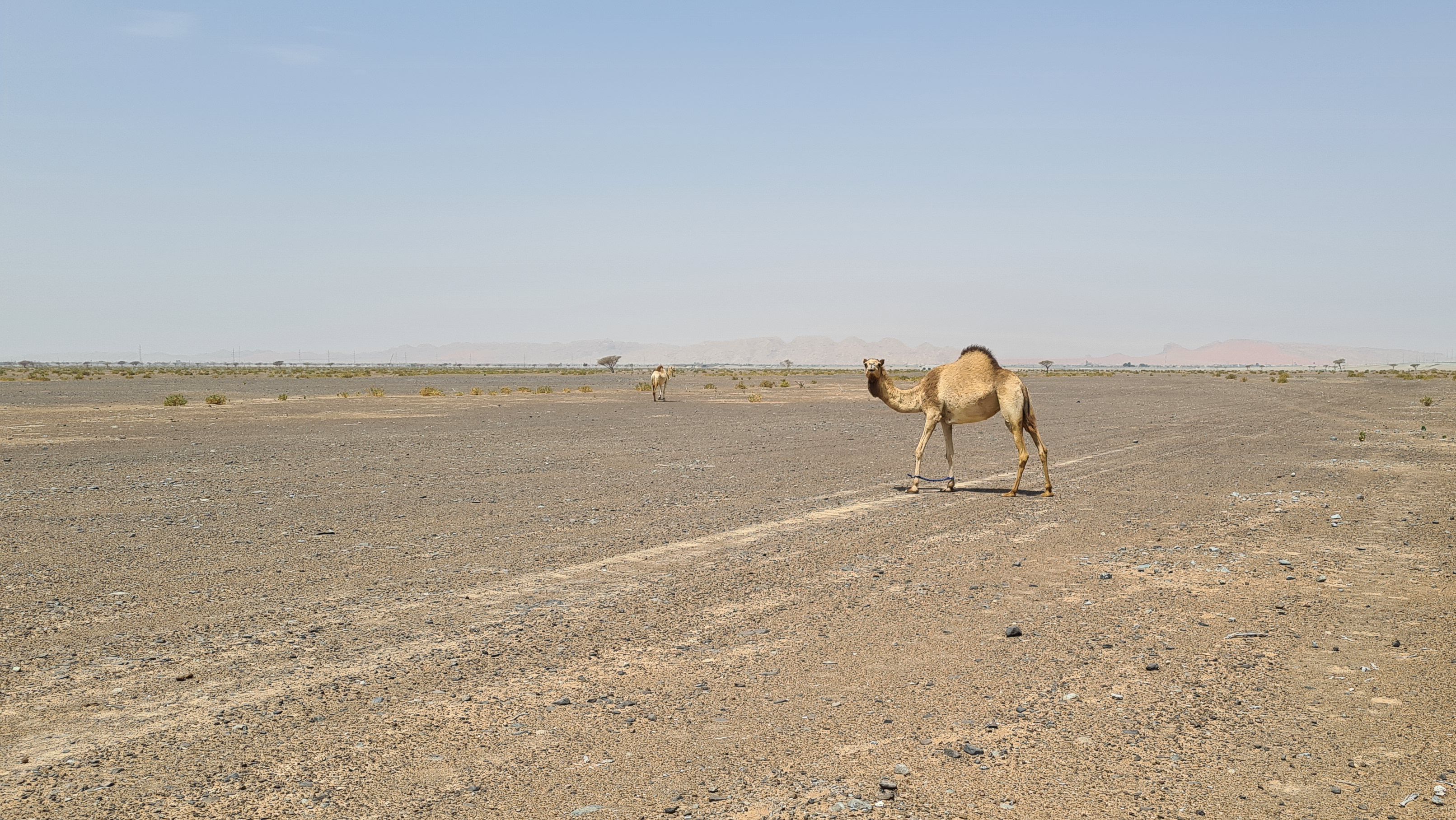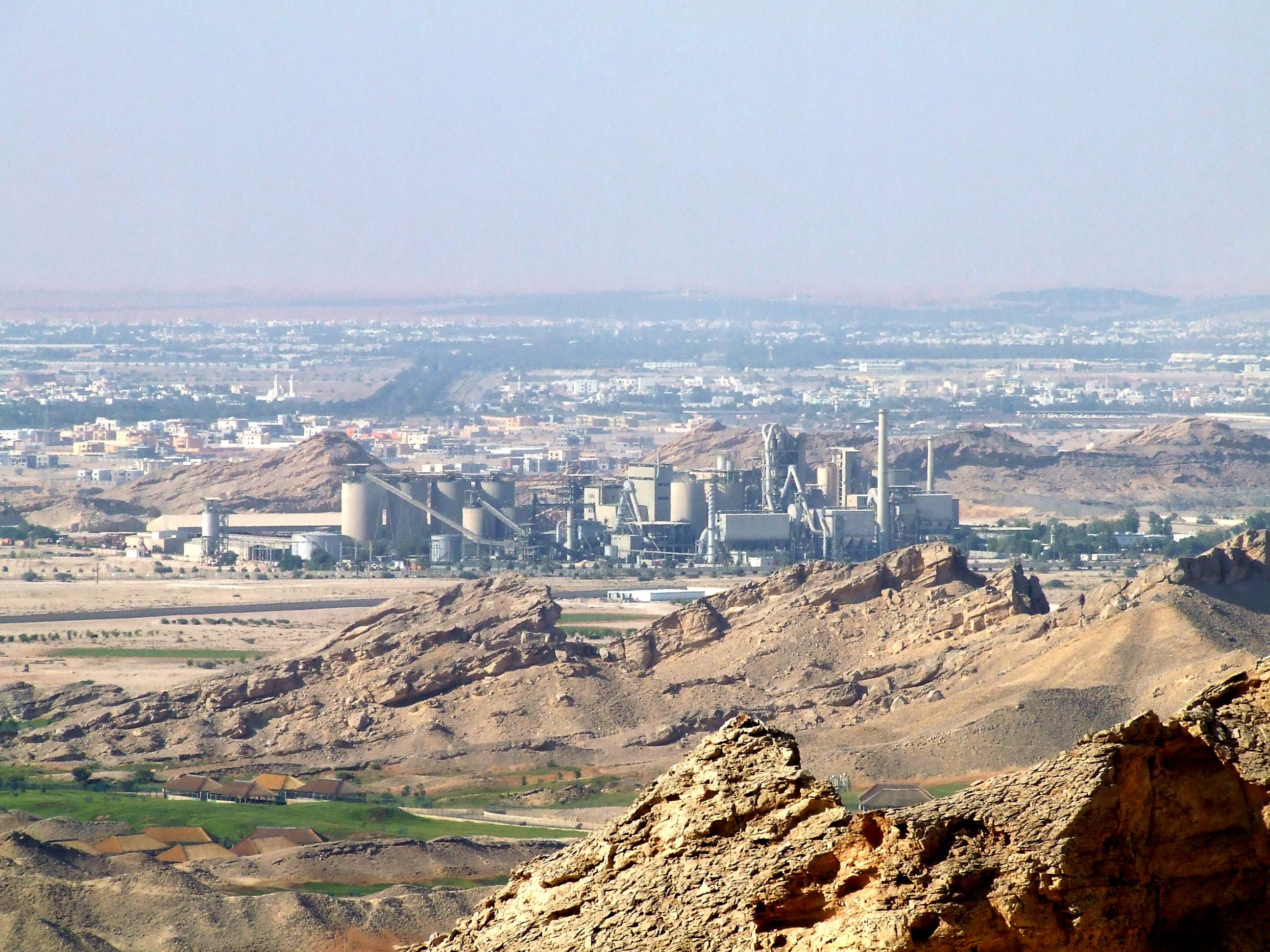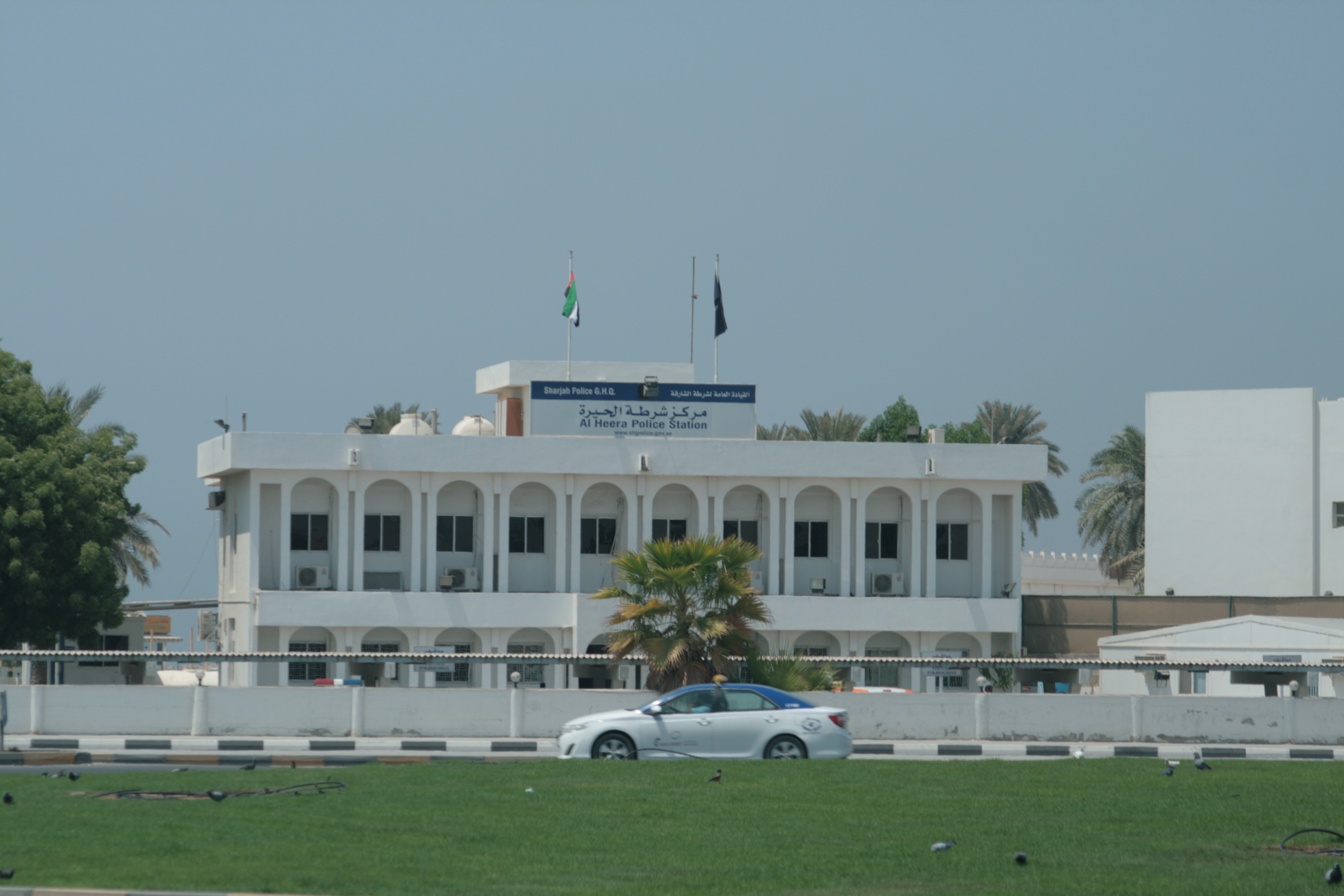|
Na'im
The Na'im () (singular Al Nuaimi ) is an Arab tribe in the United Arab Emirates. The tribe is also present in other gulf countries. The Na'im is divided into three sections, the Al Bu Kharaiban, the Khawatir and the Al Bu Shamis (singular Al Shamsi). It is from the former section that the current Rulers of the Emirate of Ajman are drawn. Of the three sections, the Al Bu Shamis has become virtually independent and associated closely with the Al Bu Falasa of Dubai. The traditional heart of Na'im territory was the oasis town of Buraimi and nearby Al Ain, where Na'im expansion came at the expense of the Dhawahir tribe, but also rubbed up against the Bani Yas and the allied Manasir. Although the Na'im were linked to the growing Wahhabi influence in the Buraimi area and adopted the doctrine, they allied with other forces to evict the Wahhabis from Buraimi and subsequently occupied many of the forts around Buraimi. Origins In 1818, according to the 'British Assistant Political Agen ... [...More Info...] [...Related Items...] OR: [Wikipedia] [Google] [Baidu] |
Masfout
Masfout is a village that forms part of the eponymous exclave of Masfout in Ajman, one of the seven emirates forming the United Arab Emirates. It is surrounded by Ras Al Khaimah, the Dubai exclave of Hatta and Oman ( Mahdha Wilayat of Al Buraimi Governorate). It is only accessible from Ajman itself by crossing territories of Sharjah, Ras Al Khaimah, and Oman. At the census of 2017 the city had a population 8988 on an area of 86.59 km², which corresponds to a population density of 103.8 per km². The village has a number of government facilities and municipal centres, including a dedicated courthouse built in 2017. The 13,500 square metre Waraqa Park surrounds the former house of the founder of Ajman, Sheikh Rashid bin Humaid Al Nuaimi. In 2017 the Masfout Heights Resort Project was announced, intended as a mixed use hotel and tourism project. Digging water wells in the exclave was banned by the Ajman government as water depletion became an issue with over 80 unregulated w ... [...More Info...] [...Related Items...] OR: [Wikipedia] [Google] [Baidu] |
Masfout Fort
Masfout is a village that forms part of the eponymous exclave of Masfout in Ajman, one of the seven emirates forming the United Arab Emirates. It is surrounded by Ras Al Khaimah, the Dubai exclave of Hatta and Oman ( Mahdha Wilayat of Al Buraimi Governorate). It is only accessible from Ajman itself by crossing territories of Sharjah, Ras Al Khaimah, and Oman. At the census of 2017 the city had a population 8988 on an area of 86.59 km², which corresponds to a population density of 103.8 per km². The village has a number of government facilities and municipal centres, including a dedicated courthouse built in 2017. The 13,500 square metre Waraqa Park surrounds the former house of the founder of Ajman, Sheikh Rashid bin Humaid Al Nuaimi. In 2017 the Masfout Heights Resort Project was announced, intended as a mixed use hotel and tourism project. Digging water wells in the exclave was banned by the Ajman government as water depletion became an issue with over 80 unregulated w ... [...More Info...] [...Related Items...] OR: [Wikipedia] [Google] [Baidu] |
Dhawahir
The Dhawahir ( ar, ظَوَاهِر, Ẓawāhir; singular ''Adh-Dhaheri'' ( ar, ٱلظَّاهِرِي, Aẓ-Ẓāhirī)) is a tribe of the United Arab Emirates (UAE). The tribe's main centre is (Ain Al Dhawahir) Alain, and the village, then town (now city). They have long had a strong alliance with the Ruling family of Abu Dhabi, '' Al Nahyan'' within the confederation of Bani Yas. Alain and early history The tribe's traditional area of influence is the Oasis of Alain, where at the turn of the 20th century, they owned most of the cultivated land and property with the exception of Buraimi village itself. Numbering 4,500, the tribe consists of three subsections: the Daramikah, who populated Hili, and Qattara; the Jawabir in Al Ain and the Bani Saad who lived in Jimi. Staying in the villages for the summer date season, in winter the community would move throughout the Trucial States. They kept large flocks of sheep, herded camels and traded in charcoal, which they burned. The ... [...More Info...] [...Related Items...] OR: [Wikipedia] [Google] [Baidu] |
Bani Qitab
The Bani Qitab ( ar, بني كتب) is a tribe of the United Arab Emirates (UAE). The singular form of the name, Al Ketbi, is a common family name in the Northern UAE today. Consisting of a settled southern section and a nomadic northern section, the tribe was long influential in the conduct of affairs in the interior of the Trucial States. The Northern branch mostly settled in the inland towns of Dhaid and Al Falayah. Settlement The tribe consisted, at the turn of the 19th century, of some 2,100 nomadic Bedouin (of whom some 600 were fighting men) and 2,700 settled people. The Bedouin ''dar'', or district, of the Bani Qitab stretched from South of the Buraimi oasis to the Eastern foothills of the Hajar Mountains, the Jiri plain to the North of Sharjah and the fertile area around Sharjah's inland oasis town of Dhaid. The Southern Bani Qitab, some 500 households, settled around the village of Aflaj Bani Qitab in the Dhahirah area. Over time these separated from the Northern ... [...More Info...] [...Related Items...] OR: [Wikipedia] [Google] [Baidu] |
Al Nuaimi
The Al Nuaimi ( ar, النعيمي) family is the ruling royal family of Ajman, one of the seven emirates that together comprise the United Arab Emirates (UAE). The family name is derived from the singular of ' Na'im': the Na'im is a major tribal confederation divided into three sections, the Al Bu Kharaiban, the Khawatir and the Al Bu Shamis (singular Al Shamsi). The Rulers of Ajman are drawn from the Al Bu Kharaiban section. The Al Nuaimi Royal Family is also spread around the gulf region from the United Arab Emirates to Qatar to Bahrain being one of the biggest most influential ruling royal dynasties in the 21st century. Founding Ajman The foundation of Ajman under Al Nuaimi rule took place when Sheikh Rashid bin Humaid Al Nuaimi and fifty of his followers took the coastal settlement of Ajman from members of the Al Bu Shamis tribe in a short conflict. It wasn't until 1816 or 1817, however, that the Ajman fort finally fell to Rashid's followers and his rule was endorsed by th ... [...More Info...] [...Related Items...] OR: [Wikipedia] [Google] [Baidu] |
Dhaid
Dhaid, or Al Dhaid ( ar, ٱلذَّيْد, Adh-Dhayd), is the capital of the Central Region of the Emirate of Sharjah in the United Arab Emirates. An oasis town, it has extensive irrigated date palm plantations with water channelled from the nearby Hajar mountains, at least in part through ancient tunnels dug for that purpose, known as '' aflāj'' in Arabic (''falaj'' in the singular). Dhaid has long occupied a strategic location in the mouth of the important Wadi Siji. History and prehistory An archaeological site discovered here in 2015 shows evidence of habitation by humans going back hundreds of thousands of years to the Stone Age. In particular, awls for piercing holes in the leather of animal hides, scrapers for cleaning leather, and stone axes were found here. At the turn of the 20th century, Dhaid consisted of some 140 houses, owned by sections of the Tanaij, Bani Qitab and Khawatir tribes, including larger houses with mud brick towers. It also had a four-towered Al- ... [...More Info...] [...Related Items...] OR: [Wikipedia] [Google] [Baidu] |
Jiri Plain
The Jiri plain is an area of gravel plain extending across areas of Southern Ras Al Khaimah, Eastern Sharjah and Western Fujairah, United Arab Emirates (UAE). The area, some 15 miles in length and 8 miles in breadth, is triangulated with the villages of Khatt and Habhab to the North; Adhen to the East and Dhaid to the South. To the West the plain is enclosed by sand dunes. The soil of the Jiri plain is darkened by debris brought down by seasonal waters from the mountains, which helps to define its rich, loamy character and high carbonate content (from the outwash of Cretaceous limestone). The plan is thickly populated by acacia (''Acacia tortilis'') and ghaf trees, as well as tamarisk and other hardy varieties. A number of deep aquifers run under the plain. The settled population of the area at the time of Lorimer's 1915 '' Gazetteer of the Persian Gulf'' was some 1,000 strong, mostly members of the tribes of Awanat, Mazari, Naqbiyin, Sharqiyin (in the area of Wadi Ham) and ... [...More Info...] [...Related Items...] OR: [Wikipedia] [Google] [Baidu] |
Al Ain
Al Ain ( ar, ٱلْعَيْن, , ) is a city in the western side of Tuwwam region and the seat of the administrative division of its namesake, Al Ain in the Emirate of Abu Dhabi, United Arab Emirates. It is bordered to the east by the Omani town of Al-Buraimi in the Al Buraimi Governorate. It is the largest inland city in the Emirates, the fourth-largest city (after Dubai, Abu Dhabi, and Sharjah), and the second-largest in the Emirate of Abu Dhabi. The freeways connecting Al-Ain, Abu Dhabi, and Dubai form a geographic triangle in the country, each city being roughly from the other two. Al-Ain is known as the "Garden City" ( ar, مَدِيْنَة ٱلْحَدِيْقَة, Madīnat Al-Ḥadīqah, lit=City of The Garden) of Abu Dhabi, the UAE or the Gulf, due to its greenery, particularly with regard to the city's oases, parks, tree-lined avenues and decorative roundabouts, with there being strict height controls on new buildings, to no more than seven floors, and acc ... [...More Info...] [...Related Items...] OR: [Wikipedia] [Google] [Baidu] |
Al Hamriyah
Al Hamriyah is the name of a coastal settlement of Sharjah on the northern perimeter of the United Arab Emirates. It is one of nine municipalities of the emirate, and is wedged between the emirates of Ajman (south) and Umm Al Qawain (north). It is notable for its lagoon popular with pleasure boaters and jet skiers as well as local fishermen who moor here, as well as storing and repairing both rope and wire mesh fishing nets. The village is not to be confused with the Hamriyah Port and Free Zone, which lie immediately to the south of it. It is traditionally home to families belonging to the Darawishah section of the Al Bu Shamis Na'im, linked through this relationship to the area of Sharjah bounding immediately to the south of Ajman, Al Heera. These would be associated with the modern Emirati family name ''Alshamsi''. History Going un-noted in early 19th-century British coastal surveys, Al Hamriyah struggled for independence in the late 19th century as a result of alleged neg ... [...More Info...] [...Related Items...] OR: [Wikipedia] [Google] [Baidu] |
Al Heera
Al Heera is a suburb in Northern Sharjah in the United Arab Emirates, traditionally home to the Darawishah, part of the Al Bu Shamis section of the Na'im tribe. At one stage declaring its independence from Sharjah, with its own Sheikh, it formally became part of the Emirate of Sharjah in 1942 on the death of its Ruler, Abdulrahman Al Shamsi. A coastal settlement with a small harbour formerly used by a number of fishermen and pleasure boat owners, its main distinguishing feature today is its police station, converted in 2019 into the 'Al Heera Literature Society' building. The original coastal fishing village, built mainly of traditional Emirati adobe and coral houses, sat along the corniche in the area immediately behind the Al Heera Police Station but fell into disuse and was home to taxi drivers and illegal labourers through the 1990s until it was cleared. Little remains today to mark where the original settlement existed. History Al Heera is first mentioned in British records ... [...More Info...] [...Related Items...] OR: [Wikipedia] [Google] [Baidu] |
Islam
Islam (; ar, ۘالِإسلَام, , ) is an Abrahamic monotheistic religion centred primarily around the Quran, a religious text considered by Muslims to be the direct word of God (or ''Allah'') as it was revealed to Muhammad, the main and final Islamic prophet.Peters, F. E. 2009. "Allāh." In , edited by J. L. Esposito. Oxford: Oxford University Press. . (See alsoquick reference) " e Muslims' understanding of Allāh is based...on the Qurʿān's public witness. Allāh is Unique, the Creator, Sovereign, and Judge of mankind. It is Allāh who directs the universe through his direct action on nature and who has guided human history through his prophets, Abraham, with whom he made his covenant, Moses/Moosa, Jesus/Eesa, and Muḥammad, through all of whom he founded his chosen communities, the 'Peoples of the Book.'" It is the world's second-largest religion behind Christianity, with its followers ranging between 1-1.8 billion globally, or around a quarter of the world' ... [...More Info...] [...Related Items...] OR: [Wikipedia] [Google] [Baidu] |
Al Bu Shamis
The Al Bu Shamis () or Al Shawamis () (singular Al Shamsi ) is an Arab Bedouin tribe that mostly inhabit the southeastern part of the Arabian peninsula. They are located mainly in Northern Oman, the United Arab Emirates, and to a lesser extent Kuwait, Qatar, eastern Saudi Arabia, Bahrain and Iraq. Due to the large nature of the tribe, there are today in fact many branches that trace themselves to the Al Bu Shamis tribe. Origins The Na'im is divided into three sections, the Al Bu Kharaiban, the Khawatir, and the Al Bu Shamis. It is from the former section that the current Rulers of the emirate of Ajman are drawn. Of the three sections, the Al Bu Shamis has become virtually independent and associated closely with the Al Bu Falasa of Dubai. Migration The Al bu Shamis emigrated from Western Arabia to settle around the Sunaynah area (an inland desert settlement in the Buraimi Wilayat of Oman ). Later migrations led some of them to Al Ain and Buraimi oases. Al Shamsi were als ... [...More Info...] [...Related Items...] OR: [Wikipedia] [Google] [Baidu] |





.jpg)